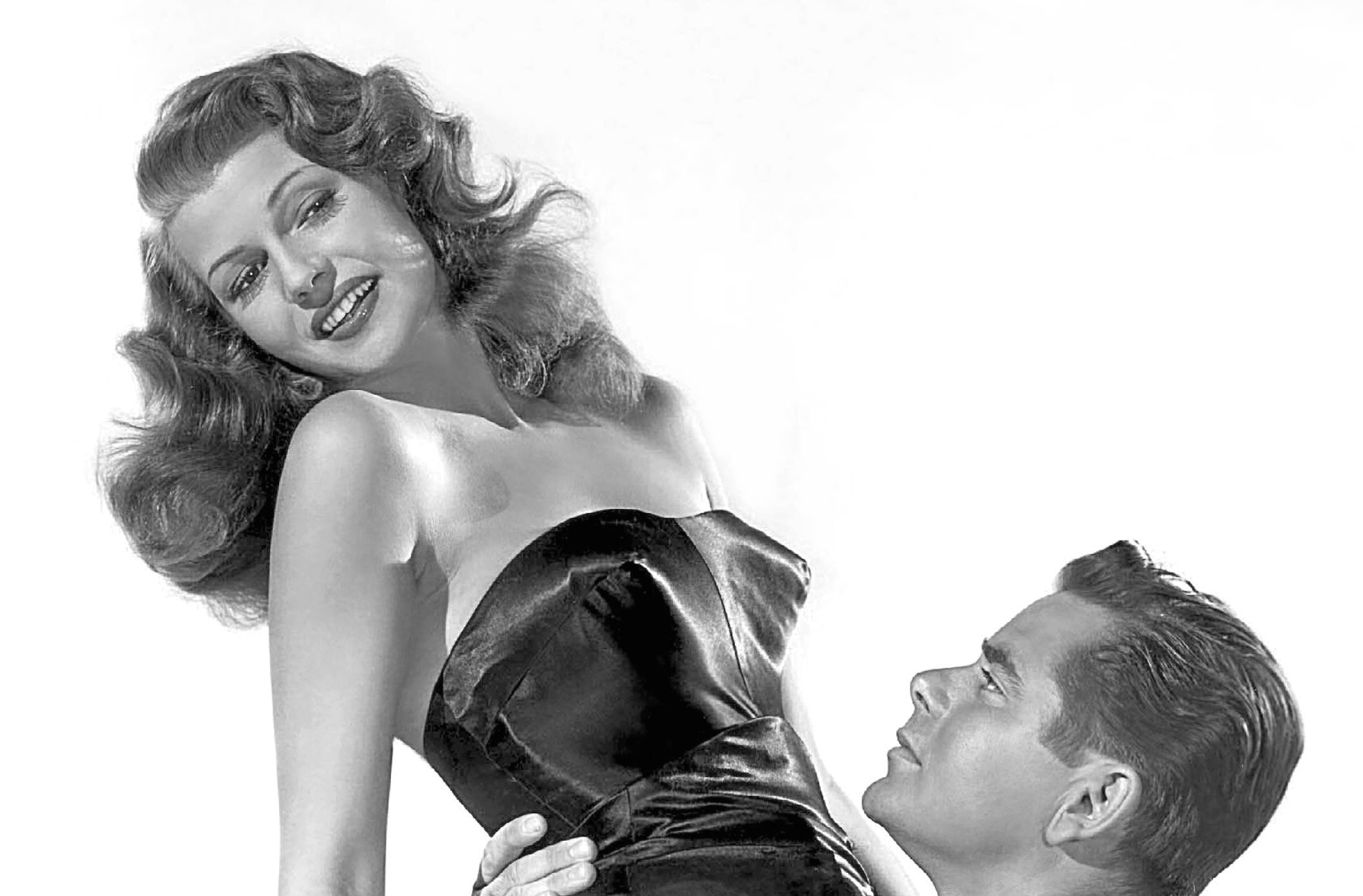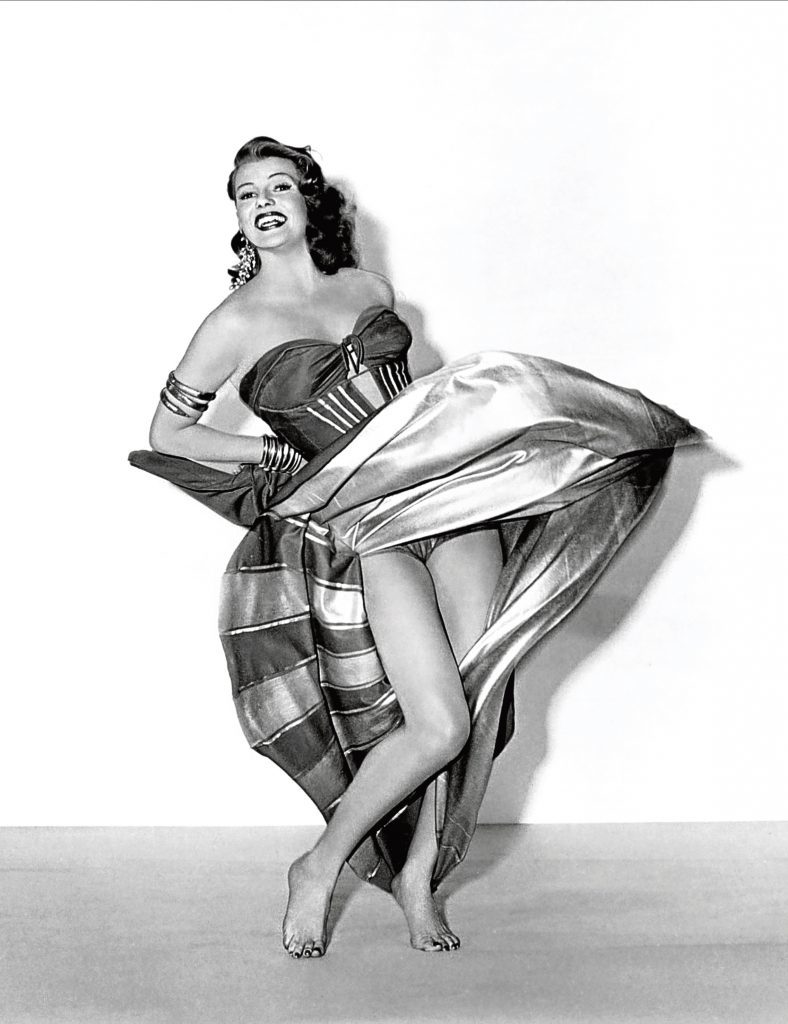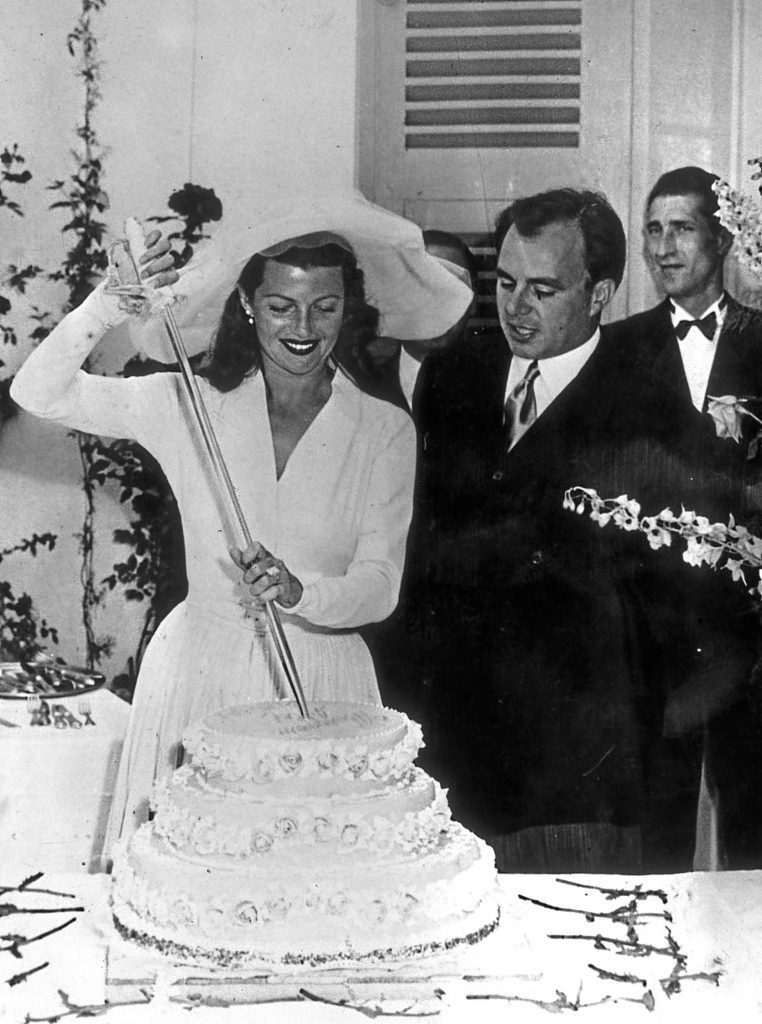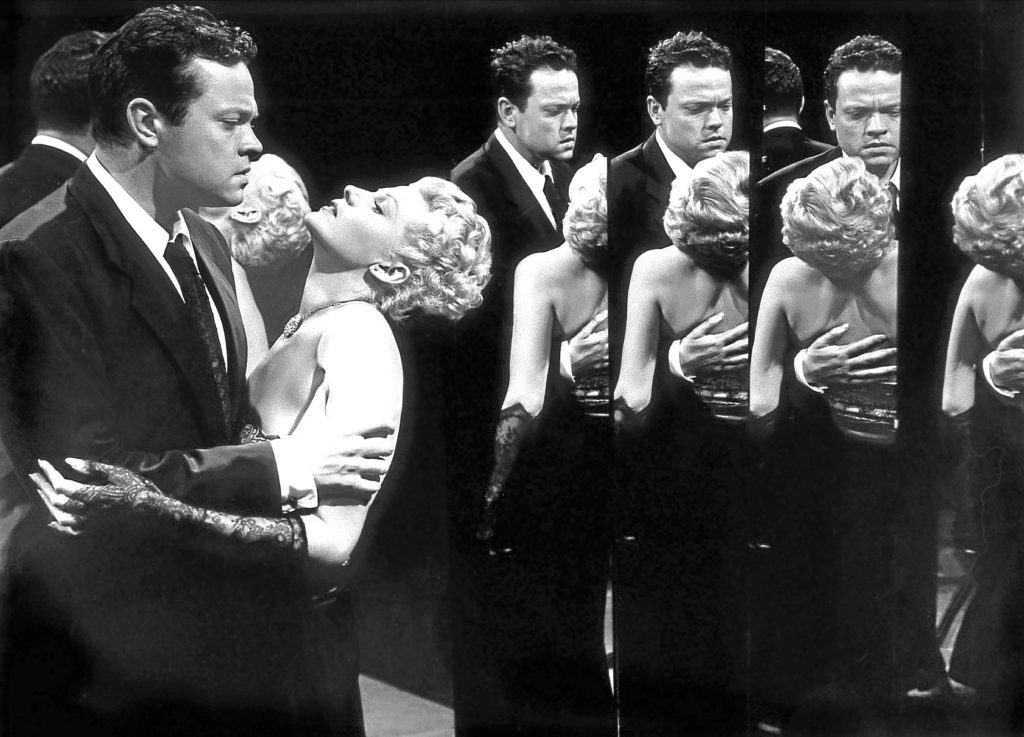
EVEN by Hollywood standards, Rita Hayworth was a remarkable woman who lived an incredible life.
Born on October 17, 1918, in Brooklyn, New York, her parents named her Margarita Carmen Cansino.
Both dancers, her father was Spanish, her mother American with English and Irish roots.
As her grandfather had popularised the bolero in Madrid, dancing ran in the family and Margarita was expected to become a dancer, too.
Her mother, however, preferred an acting career for her, and as Rita Hayworth, Margarita would become one of the biggest acting superstars of all time.
Having shortened her first name, she appeared in film credits from 1926 to 1937 as Rita Cansino, but never got the big role she craved.
A promoter, Edward Judson, stepped in when the big studios turned their backs on her, and if he believed in her, the teenage Rita liked him, too — they married after eloping when she was just 18!
If Judson would help launch her career into the stratosphere, he was certainly no permanent husband. Rita would go through five marriages and five divorces in just 24 years, pretty prolific even in Tinseltown.
Clearly, she never felt it might be a problem with her, saying: “Basically, I am a good, gentle person, but I am attracted to mean personalities.”
Judson, more than twice her age, became her manager, with Rita later admitting: “He helped me with my career and helped himself to my money.”
Her father, about the same age as Judson, was furious about their marriage, and a rift with her parents was only healed when she divorced him.
Judson hadn’t even told her, she later discovered, that he had been married twice before her.
Husband No 2 was a tad better-known than Judson.
The trouble with her marriage to Orson Welles, however, was that the cinema genius realised as soon as they wed that he didn’t want to be tied down.
Still, Rita would describe him as the love of her life, but also groaned: “He showed no interest in establishing a home. When I suggested purchasing one, he told me he didn’t want the responsibility.
“Mr Welles told me he never should have married in the first place — that it interfered with his freedom in his way of life.”
If Welles was famous, her third husband was so glamorous and exciting that Rita even quit her now-successful movie career to be with him.
By the outbreak of the Second World War, Hayworth had established herself as a glamorous superstar — she was the American GIs’ main pin-up girl during the war, with the world at her fingertips when it ended.
All of which says how much she loved Prince Aly Khan, son of Aga Khan III, megarich socialite, horse racing and horse-owning legend.
Trouble was, he’d be seen out and about with other ladies during their marriage.
He was even mentioned in Noel Coward’s new 1950s lyrics for Let’s Do It, Let’s Fall In Love — “Monkeys whenever you look do it, Aly Khan and Kang Farouk do it, Let’s do it, let’s fall in love!”
She filed for divorce No 3 on grounds of “extreme cruelty, entirely mental in nature.”
Part of their bitter custody battle for daughter Princess Yasmin saw him offer Rita a million dollars to bring her up as Muslim. Rita rejected this, determined to raise her as an American Christian.
Singer Dick Haymes and producer James Hill would be her final two husbands, but it seemed that a Rita Hayworth marriage simply couldn’t last longer than three or four years.
Sadly, like Rita herself, Hill would later develop Alzheimer’s, and it would ruin his life.
The year 1946, for many, saw Rita’s greatest film, Gilda, where she and Glenn Ford produced a wonderful chemistry and Rita played a great femme-fatale role.
Fred Astaire would claim Rita had been his all-time favourite dancing partner, and the musical Cover Girl, with Gene Kelly, was another massive hit.
As Astaire would reveal, Rita had what every great star possesses — she could be fairly ordinary in rehearsals, but when the cameras rolled, she was on top of her game.
“She was better when she was ‘on’ than at rehearsal,” Fred said.
She loved working with him, too, one of his biographers admitting: “There was a kind of reserve about Fred. It was charming. It carried over to his dancing. With Hayworth, there was no reserve!”
She was also, as many an American soldier would verify, extremely attractive.
It’s thought a photo of her in a black lace bodice was the one that made her military pin-up No 1.
That’s not to say enhancements commonly used by actresses today were deemed unnecessary — it’s thought Rita had her hairline raised to broaden the look of her forehead, with electrolysis.
Rita, however, detested being seen as just a sexy bombshell.
When it was reported that a test atom bomb was going to bear her image, as she was a bit of a bombshell herself, she was angry.
Orson Welles, her husband at that time, did admit she could change mood in a flash, saying: “Rita used to fly into terrible rages all the time, but the angriest was when she found out that they’d put her on the atom bomb.”
Sadly, in later years, when people close to her believed her problems with rage were caused by alcoholism, it turned out that Alzheimer’s was the real cause.
The Lady From Shanghai, made with Welles in 1947, was another hit with the critics, if not with the box office.
It’s believed having her red hair cut short and dyed blonde put fans off.
After the Khan marriage ended, Rita had to go back to acting, making Affair In Trinidad with Glenn Ford.
As if she’d never been away, the hits continued, but by the late 60s, her health was causing major problems.
She’d finally get her wish and quit the business in 1972, and died 15 years later, a true cinema legend.
READ MORE
Just how big a Hollywood giant would James Dean have been?
Frankly, Clark Gable didn’t give a damn about being King of Hollywood

Enjoy the convenience of having The Sunday Post delivered as a digital ePaper straight to your smartphone, tablet or computer.
Subscribe for only £5.49 a month and enjoy all the benefits of the printed paper as a digital replica.
Subscribe

